One of the most famous ghost towns in the world, Kayakoy has a turbulent history, soaked in the blood and tears of both Greeks and Turks.
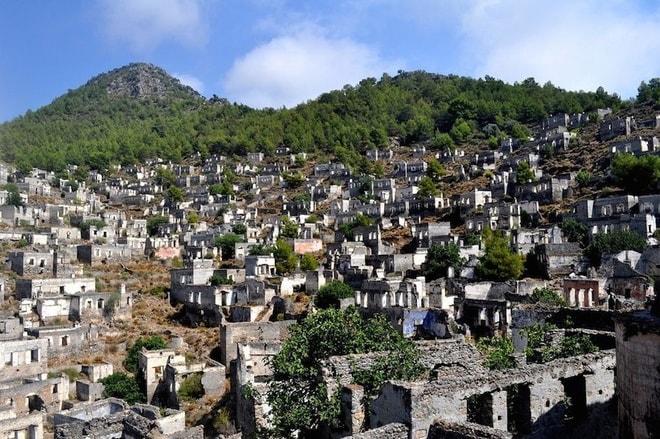 |
| Livissi, now renamed Kayakoy, is a town of more than 500 destroyed houses located 8 km southwest of the city of Fethiye in Turkey. |
 |
| Livissi was built in the 18th century, inside the ancient city of Lebessus, which was once a refuge for Byzantine Gemiler islanders fleeing pirates. However, after an earthquake and fire destroyed the city of Fethiye, many people moved to Livissi, pushing the population to 20,000. |
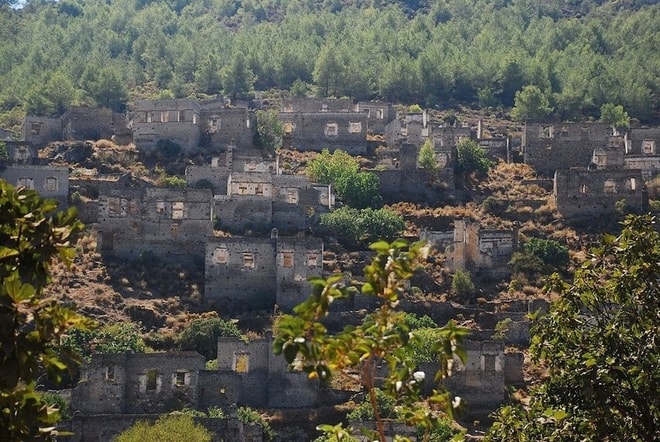 |
| Before World War I, many Greeks lived peacefully in western Turkey. However, when war broke out, hundreds of thousands were massacred in ethnic cleansing by the Turks. A few fled to Greece, the rest were deported. |
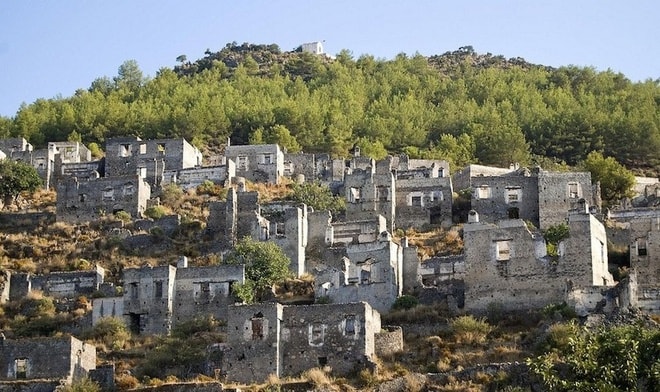 |
| The residents of Livissi were driven from their homes and forced to travel 220 km. Many died of exhaustion and starvation, making the journey a haunting experience for those who survived. |
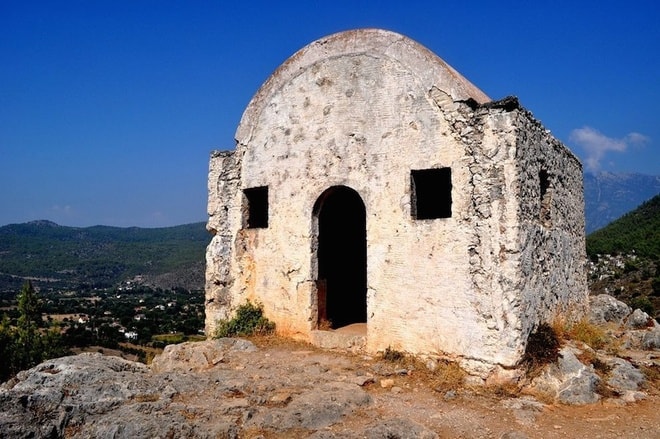 |
| After the defeat of Türkiye and the fall of the Ottoman Empire, the Greeks returned to attack and waged war on a full scale. A series of barbaric crimes took place, murder, arson, looting, rape… spread throughout the cities. |
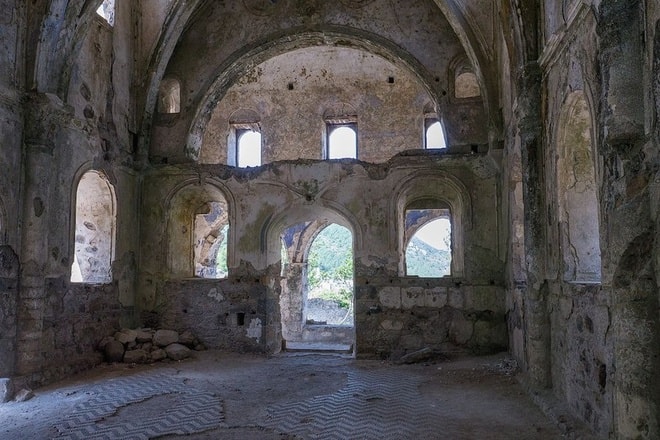 |
| Finally, a peace treaty was signed in 1923. The two countries came to an agreement: one million Greeks living in Türkiye would return home and 500,000 Muslims would also leave Greece and return to Turkey. |
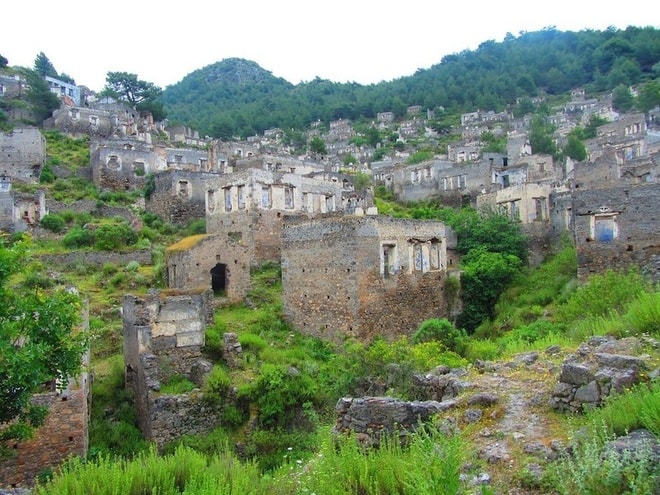 |
| After the war, Livissi was gradually abandoned. The last remaining inhabitants were expelled. In 1957, a 7.1 magnitude earthquake destroyed most of the town's buildings. |
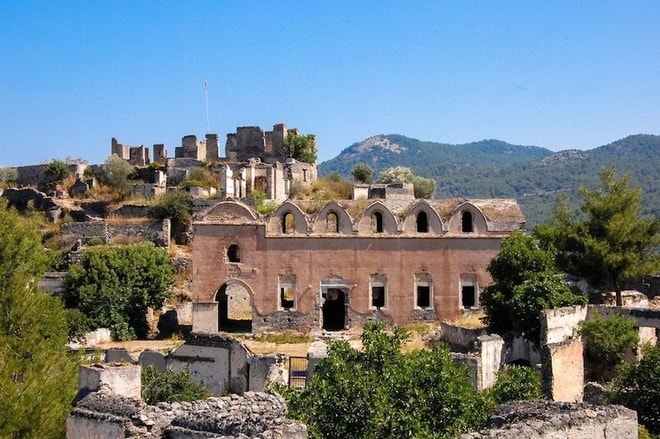 |
| Livissi, now renamed Kayakoy, is deserted but steeped in history. Realizing the potential for horror tourism, the Turkish government auctioned off the rights to operate the village, in return for which the successful bidder would have to undertake some infrastructure repairs. |
According to VNE









